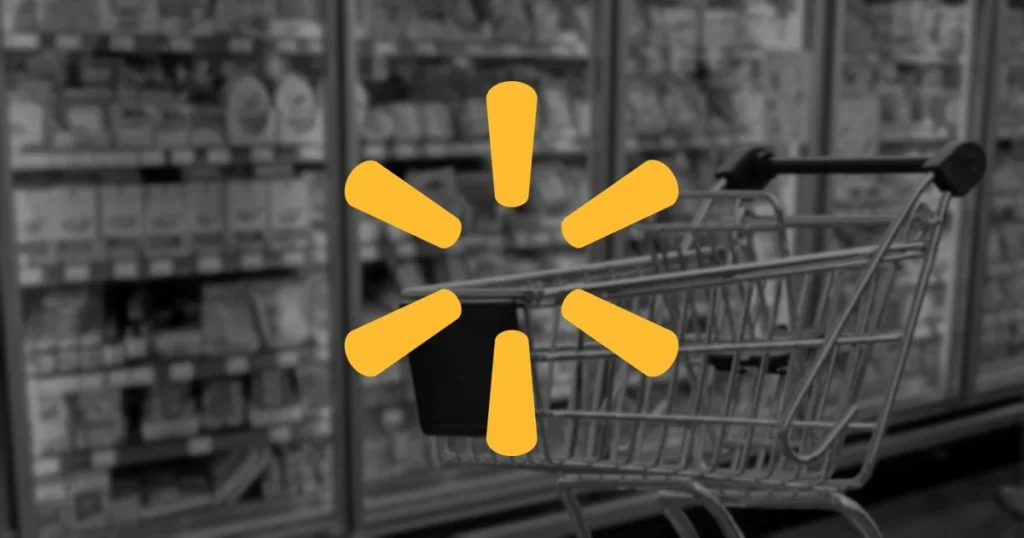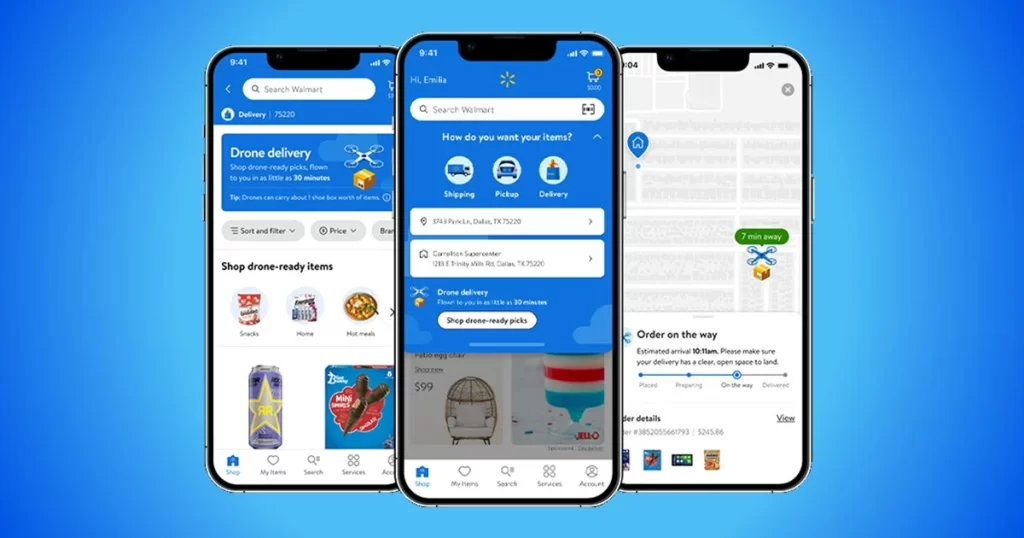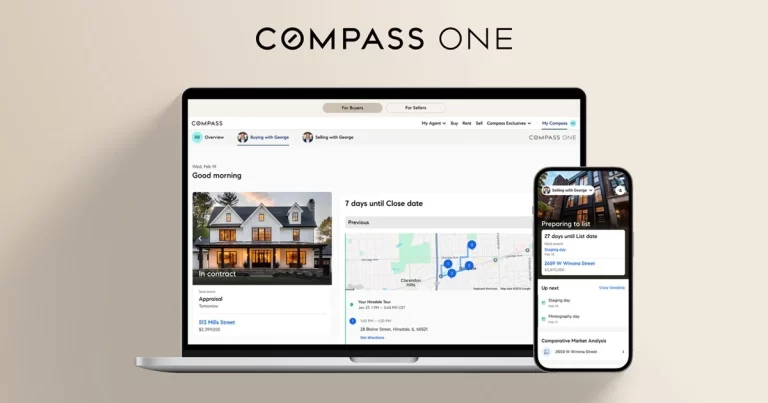Overview
In the hyper-competitive world of e-commerce, same-day delivery has evolved from a luxury to a consumer expectation. Walmart, a retail titan known for scale and affordability, has stepped up in a big way—transforming its logistics backbone and embracing tech to meet this demand head-on.
This case study explores how Walmart is mastering the online grocery delivery game, what makes its last mile delivery solutions so effective, and how it’s shaping the future of retail logistics innovation.
About Walmart
Walmart Inc., founded in 1962, has long been synonymous with low prices and wide selection. But today, it’s just as much a tech-driven logistics powerhouse as it is a traditional retailer. With more than 10,500 stores in 24 countries and nearly 2.3 million employees, Walmart has evolved into a global leader in omnichannel commerce.
What stands out most recently is how Walmart is rewriting the rules of same-day delivery—particularly in the online grocery space.
Key Stats:
- Headquarters: Bentonville, Arkansas
- Annual Revenue (2024): $648 billion
- Employees: Over 2.3 million worldwide
- U.S. Stores: 4,700+
- Weekly Shoppers: 230 million
The Strategy Behind Walmart’s Delivery Overhaul
Walmart didn’t just launch a delivery program—it reengineered its business model. Here’s how it made same-day delivery a competitive advantage:
Turning Stores into Smart Fulfillment Hubs
Instead of relying solely on centralized warehouses, Walmart transformed thousands of physical stores into hyperlocal e-commerce fulfillment centers. This shift allowed them to deliver faster while cutting last-mile costs.
Key Benefit: 90% of the U.S. population now lives within 10 miles of a Walmart store.
Investing in Technology and Automation
Technology lies at the core of Walmart’s new delivery engine. From AI-powered picking systems to dynamic route optimization, Walmart ensures orders are accurate, efficient, and fast.
- Real-time inventory management
- Automated fulfillment tools
- Smart substitutions during stockouts
Leveraging Walmart+ to Build Loyalty
Walmart’s premium membership program, Walmart+, added serious fuel to the delivery engine. It incentivized customers to adopt delivery as a regular habit while giving Walmart valuable user data.
Walmart+ Membership Benefits:
- Unlimited free same-day grocery delivery
- Discounts on fuel
- Mobile scan-and-go checkout
- Exclusive access to product launches
Expanding Through Strategic Delivery Partnerships
To boost reach and speed, Walmart expanded its delivery partnerships with:
- Instacart for third-party courier capacity
- Spark Drivers for flexible, gig-based deliveries
- DroneUp for pilot drone programs in 30+ cities
These partnerships helped Walmart meet demand in rural zones and manage peak-time surges.
The Measurable Impact of Same-Day Delivery
The numbers tell the story. Walmart’s focus on same-day delivery has delivered measurable improvements in speed, efficiency, and customer satisfaction.
| Metric | Before Overhaul | After Implementation |
|---|---|---|
| Avg. Delivery Time | 24–48 hours | Under 3 hours |
| Same-Day Orders (per day) | ~60,000 | 500,000+ |
| Walmart+ Members | 15 million | 25 million+ |
| Customer Satisfaction (CSAT) | 78% | 92% |
| Delivery Coverage (U.S.) | 50% ZIP codes | 90% ZIP codes |
Increased Online Sales
Walmart’s big push into online grocery and same-day delivery services has really paid off. In 2023 alone, the company saw its online sales jump by 12%, fueled largely by a surge in grocery orders. Beyond just online sales, Walmart’s broader digital transformation efforts gave a noticeable boost to its overall performance too, driving a 9% increase in total revenue. These numbers show just how effective Walmart’s online expansion strategy has been—and why it’s paying off big time.
Walmart’s Year-Wise Revenue Growth
If you look at Walmart’s revenue trends from 2020 to 2024, the story’s clear: consistent, strategic growth.
During this time, Walmart expanded its digital footprint while leveraging its brick-and-mortar strength. By blending online and in-store shopping—through services like same-day delivery, curbside pickup, and a strong online marketplace—Walmart kept customers engaged and loyal.
This hybrid model didn’t just add convenience; it helped Walmart pull ahead in the online grocery and e-commerce race.
As the retail landscape grows more digital, Walmart’s continued investment in technology positions it to stay ahead and sustain its growth momentum.
Enhanced Customer Loyalty
The Walmart+ program has quickly become a major win for Walmart, with millions of members now taking advantage of perks like same-day delivery. It’s helped the company build a highly loyal customer base that not only shops more often but also spends more each visit—both online and in-store.
Walmart’s push to boost customer loyalty through smart strategies is clearly paying off. Expanding pickup and delivery services alone led to a 30% loyalty increase, showing how much shoppers value flexibility and speed. The Walmart+ membership program added another 25% boost by offering extra convenience and exclusive benefits.
Meanwhile, Walmart’s investments in technology and strategic partnerships made shopping even smoother, expanding delivery reach and improving service efficiency.
Together, these initiatives show Walmart’s strong commitment to creating a seamless, rewarding experience that keeps customers coming back—and staying engaged.
Competitive Landscape: Where Walmart Stands
Walmart isn’t operating in a vacuum. Its biggest competitors in the online grocery delivery space include Amazon Fresh, Target’s Shipt, and Instacart. Each has strengths, but Walmart’s unique mix of pricing, infrastructure, and proximity gives it a strong edge.
Competitor Comparison
| BRAND | STRENGTH | LIMITATION |
|---|---|---|
| Walmart | Massive store network, low pricing | Still scaling drone and autonomous tech |
| Amazon Fresh | Advanced logistics, Prime membership perks | Limited physical grocery footprint |
| Instacart | App convenience, broad retailer access | Service fees, not brand-owned inventory |
| Kroger | Strong grocery expertise, loyal customer base | Smaller national footprint compared to Walmart or Amazon |
| Target / Shipt | Urban presence, curated product selection | Limited grocery range, smaller fulfillment capacity |
| Albertsons | Regional strength, strong private label brands | Less national delivery coverage, tech adoption slower |
Walmart’s ability to blend retail logistics innovation with low-cost execution continues to set it apart.
Competitive Positioning
By expanding its online grocery and same-day delivery services, Walmart has tightened its grip on the market, strengthening its position against major players like Amazon and Instacart. What really sets Walmart apart is its ability to turn its massive network of stores into fulfillment hubs, giving it a huge advantage when it comes to offering fast, reliable delivery across the country.
The U.S. online grocery space is fiercely competitive, but Walmart’s strategy is clearly paying off. Its strong omnichannel approach—blending physical stores with digital platforms—has pushed it to the front.
Walmart’s lead over Amazon in grocery isn’t by chance. It’s the result of using local stores for faster fulfillment and offering convenient services like curbside pickup and same-day delivery.
Competitors like Target, Aldi, and Costco are stepping up, but Walmart’s mix of technology, scale, and customer loyalty keeps it ahead.
In a market where adaptability matters most, Walmart’s ability to evolve quickly ensures it stays in the lead.
Digital Transformation in Action: Powering Walmart’s Delivery Engine
Walmart’s success in same-day delivery isn’t just about having more trucks on the road—it’s about creating a seamless digital ecosystem that connects warehouses, stores, employees, and customers in real time.
At the heart of this transformation is a bold commitment to technology, automation, and data-driven decision-making. Rather than building new systems from scratch, Walmart has cleverly adapted its existing infrastructure to support high-speed operations, enabling rapid scaling without massive overhead.
Key Pillars of Walmart’s Digital Shift:
- Smart Inventory Management: Walmart uses predictive analytics to monitor purchasing patterns at the local level. By forecasting demand accurately, stores can stock the right products, reducing waste and minimizing stockouts—critical for grocery items where freshness matters.
- AI-Powered Order Fulfillment: Machine learning algorithms optimize order batching and picking routes inside stores. Instead of store associates zigzagging aisles, AI designs the most efficient pick paths, significantly cutting down processing time.
- Dynamic Delivery Routing: Advanced logistics software constantly recalculates driver routes based on real-time traffic, weather, and customer location data. This ensures that deliveries arrive faster and fewer delays occur, even during peak hours.
- Customer Communication Enhancements: The mobile app isn’t just for placing orders—it provides dynamic order tracking, ETA updates, substitution approvals, and even two-way chat with delivery drivers when needed. This real-time feedback loop has dramatically increased customer satisfaction scores.
- Micro-Fulfillment Centers (MFCs): Walmart is increasingly investing in MFCs—small, automated warehouses inside or adjacent to existing stores. These centers handle high-frequency orders like groceries, freeing up floor space for traditional shoppers while accelerating digital order processing.
The results prove that Walmart’s bet on digital transformation in retail isn’t just an operational necessity—it’s a strategic advantage, reinforcing its leadership in a fiercely competitive market.
Customer Experience Today & Walmart’s Vision for Tomorrow
For millions of customers, Walmart’s same-day delivery service has completely redefined the grocery shopping experience. What once required an afternoon of driving, shopping, and waiting in lines can now be accomplished from a smartphone in minutes—with groceries arriving at the doorstep before dinner.
What Customers Value Most:
- Speed and Reliability: Deliveries consistently arrive within the promised window, often faster.
- Ease of Use: The Walmart app is intuitive, making online grocery shopping simple even for first-time users.
- Order Accuracy: Smart substitutions and real-time communication with shoppers ensure customers get what they want.
- Affordability: With no hidden fees and competitive pricing, Walmart’s online grocery delivery service remains one of the most budget-friendly options.
Customers have spoken clearly—convenience matters, but trust matters even more. Walmart’s strong brand equity, combined with digital convenience, has helped it win loyal fans across suburban, rural, and urban markets alike.
Real Customer Quote:
“With Walmart+, I don’t just save money—I save my time. Same-day grocery delivery has completely changed how I plan my week.” — Verified Walmart+ Member
But Walmart isn’t resting on its success. Leadership understands that in the rapidly evolving world of online grocery market trends, staying ahead requires continuous innovation.
What’s Next for Walmart’s Delivery Evolution?
Looking forward, Walmart is scaling several new initiatives that will shape the future of retail delivery:
- Expansion of Drone Delivery: Pilot projects with DroneUp have shown promising results. Walmart plans to scale drone deliveries to serve thousands more neighborhoods, reducing delivery times to under 30 minutes in many cases.
- Autonomous Vehicle Rollouts: Collaborations with Gatik and Cruise aim to put self-driving delivery vehicles on the road, helping Walmart reduce labor costs while increasing delivery coverage and consistency.
- More Micro-Fulfillment Centers: Walmart is building automated micro-warehouses in key metro areas, speeding up fulfillment while freeing up in-store staff to focus on customer service.
- Sustainability Initiatives: Walmart is also prioritizing eco-friendly logistics solutions, including electric delivery vans and green packaging for its same-day delivery orders.
By investing simultaneously in technology, infrastructure, and sustainability, Walmart is positioning itself not just for today’s competition, but for the grocery wars of tomorrow.
Conclusion: How Walmart Set the New Standard in Same-Day Delivery
Walmart’s journey into same-day delivery excellence is not just a case of faster shipping—it’s a masterclass in how legacy retailers can adapt, innovate, and thrive in a digital-first world. By transforming its physical stores into fulfillment hubs, investing in cutting-edge logistics technology, and deeply understanding evolving consumer behaviors, Walmart has effectively redefined what modern retail convenience looks like.
Today, Walmart isn’t simply keeping pace with competitors—it’s setting the pace.
Whether you’re a brand strategist, logistics manager, or tech innovator, Walmart’s model offers lessons in how bold transformation and relentless customer focus can future-proof even the biggest organizations.
Key Takeaways:
- Physical stores are a digital asset: Walmart’s decision to turn stores into localized fulfillment centers gave it a delivery speed advantage that pure online players can’t easily replicate.
- Technology drives loyalty: Smart inventory management, AI-powered fulfillment, and real-time tracking elevated customer trust and satisfaction.
- Membership models build stickiness: Walmart+ played a crucial role in driving regular, loyal use of same-day grocery delivery services.
- Partnerships accelerate innovation: Collaborations with companies like DroneUp, Instacart, and Gatik allowed Walmart to scale faster and experiment with new last-mile solutions.
- Sustainability and future-readiness matter: Walmart’s investments in electric vehicles, drones, and automation show it’s not just solving for today’s needs, but preparing for a greener, smarter future.
In a retail world increasingly defined by speed, convenience, and experience, Walmart’s bold transformation offers a clear blueprint for winning the future.





